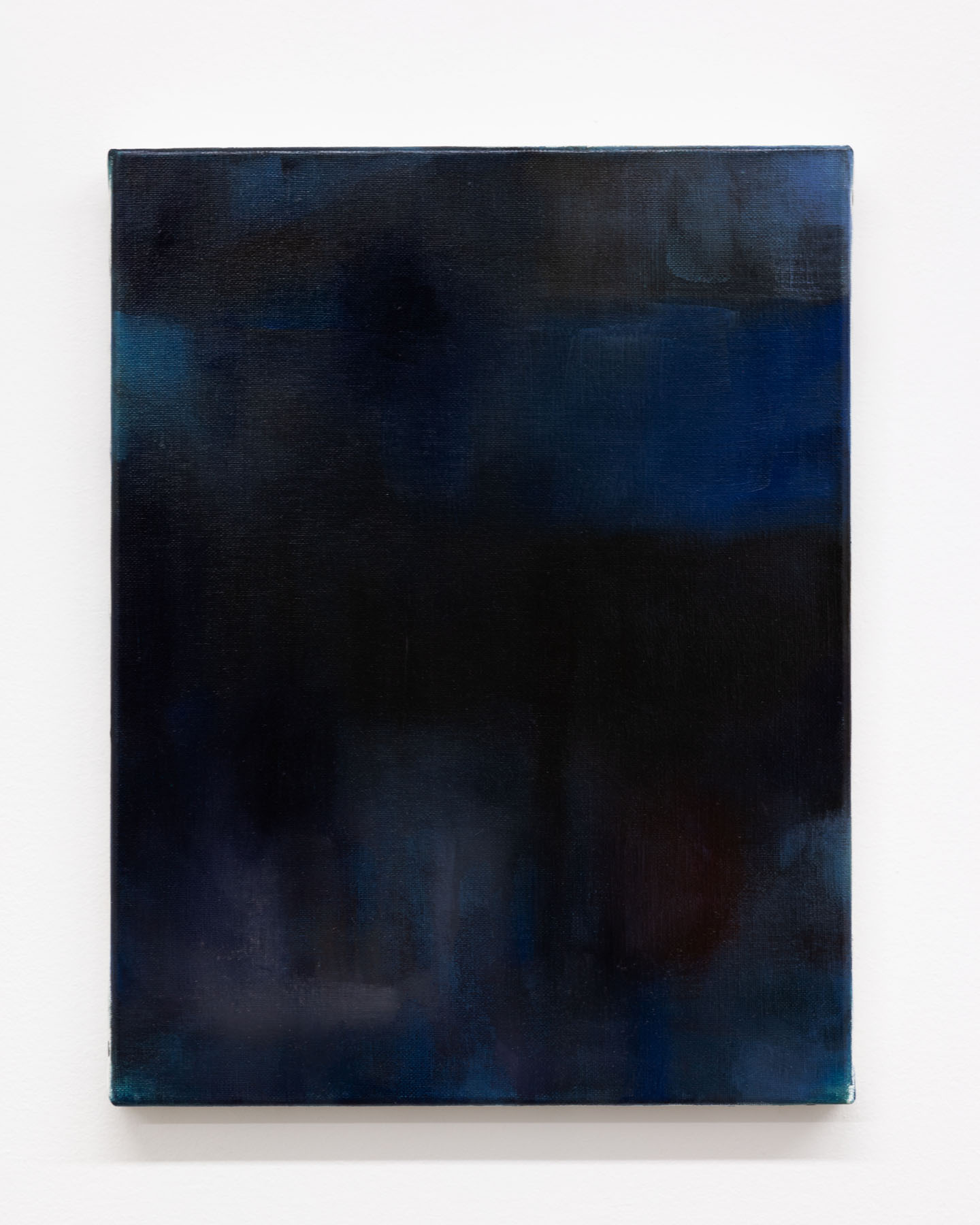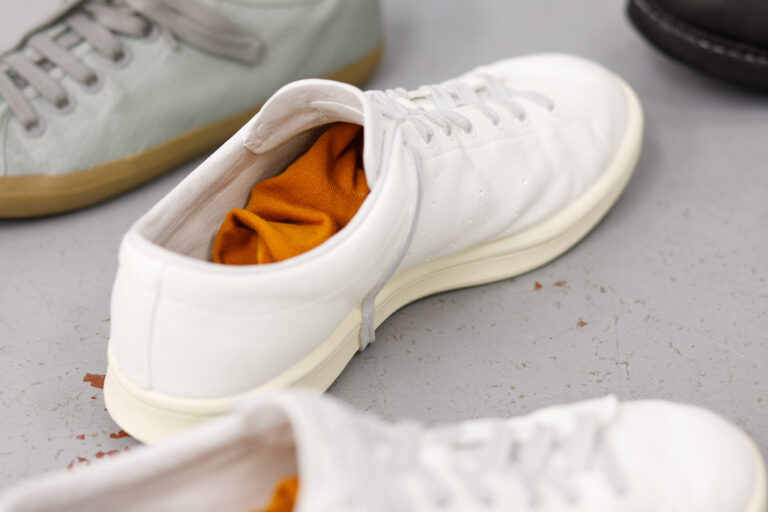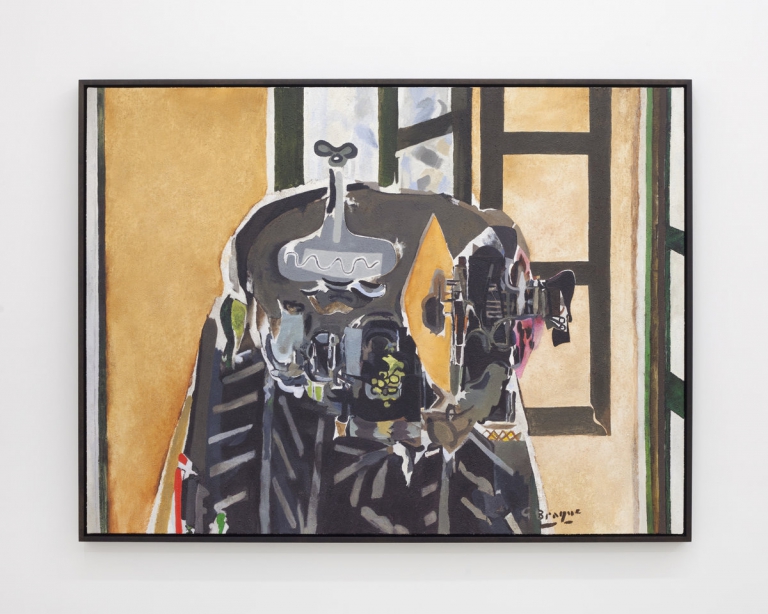Artist: Paul P.
Exhibition title: Gamboling Green
Venue: COOPER COLE, Toronto, Canada
Date: August 26 – October 3, 2020
Photography: all images copyright and courtesy of the artist and COOPER COLE, Toronto
COOPER COLE is pleased to present Gamboling Green, our first solo exhibition with gallery artist Paul P. A text by the artist follows:
The methodology of homosexual art can be divided into art which presents desire implicitly, the predominant form over time, and that which presents desire explicitly, a form gathering in intensity over the past hundred years, and exploding during the last fifty. I’m fascinated by both the ancient and modern methods. Sensibilities, which, in eras of criminalized homosexuality, appeared as baffling, illegible lacunae, were passed over, allowing such art and literature to elude detection and destruction. Unto themselves, my paintings and drawings replicate the function of innuendo, however these exercises in atemporality are set up to quickly come undone.
The portraits and figures of young men that define much of my practice are images appropriated from gay erotic magazines: in specific, those produced in the years bracketed by the beginning of gay liberation, and the advent of the AIDS crisis; a period of provisional freedoms. The models originate from the explicit material of desire. They are spectral. Janus-like, they look forwards and backwards from their original position in time; back to the transient wellspring of homosexual aesthetics and innuendo, and forwards to AIDS and other future tragedies, wherein aesthetic energy may lose or regain its unruly value. Their faces are reimagined to contain both the foreknowledge of their potential destruction and ulterior, ancient queer motives. Each countenance is selected from the multitudes of young men implicated in the then-outlaw publications because they appear to possess the look and feel of art. Their portraits are then systematically rendered along modes of late-nineteenth century painting and drawing; another tenuous period of aesthetic energy wherein homosexuality transformed from an act into a personality.
Having been born in 1977, my self-awareness developed in relative lockstep with the ravages of the AIDS crisis. The position of coming-after obviates nostalgia. Daniel Reich (1973-2012), my New York art dealer of ten years, shared this generational aspect. On the occasion of our final exhibition together, he wrote: “Very sadly, AIDS made for excellent television, as a cultish, sexual world exploded across dinettes and T.V. trays. Emaciated bedridden gay men with Christ-like beards entered the collective consciousness. Anyone gay of P.’s generation likely felt discomfiture during the daily AIDS report on the local news, which included footage of wards packed to capacity at St. Vincent’s, and the latest death and infection statistics. It was not illogical for viewers to conclude that to be gay was to be death -bound, and, in the view of one vociferous faction, to bear the distinction of the damned.” This distinction is not new. In a black and white photograph—all that exists of a striking painting by Glyn Warren Philpot, titled “Death Contemplating a Dandy” (1908)—a skeleton peeks around a corner to observe the supine body of a young man being ministered to with perfume and lotion by an extremely handsome barber.
Youth are the tragedians of AIDS. A young man photographed nude in 1977 is one among a decimated culture who, in alternate worlds, would have been an elder today. It is a mistake to assume that images of youth are necessarily about youth; youth has long been a cipher for homosexual desire generally. Cloaked in the guise of mythical gods, religious martyrs, effeminate aristocracy, Plato and the Classics, youth in homosexual art has been granted safe passage through time. Cyril Connolly, in 1929, wrote of “the rhetorical cry of all youth to all life, to be allowed merely to love it, to love the sphinx that breaks her lovers, to feed the hand that bites them, the indifferent hour.” The indifferent hour—that defensive posture of insouciance key to passionate youth— is allegorical of the pathologised homosexual temperament of any age.
Central to this exhibition are ink drawings of Neoclassical statues, anatomical vignettes drawn from life in museums and public gardens. Three of the drawings are shifting views of the profile of Charles René de Saint-Marceaux’s Génie gardant le secret de la tombe (Spirit Guarding the Secret of the Tomb, early 1870s). The reprise, the revisited subject, functions as a display of captured and passing time. Housed in the Musée d’Orsay, the commentary for the statue reads: “the figure is rolled around a funerary urn in a defiant attitude. Contrasting with the nude body, the veil stirred by the wind punctuates the volumes with areas of shade.” Jealously guarded secrets are a currency in Neoclassical art. Another drawing, of Mercury’s winged feet, is extracted from Hippolyte Moulin’s Secret d’en haut (A Secret From on High,1879), in which a young Mercury whispers something ribald in the ear of a herm (a bust of Hermes atop a pillar). Hermes, being the Greek god from whom the Romans fashioned Mercury, reveals the sculpture to be a depiction of the young, newer god, and his ancient effigy, locking the secret into a perpetual hermetic loop.
In Compton Mackenzie’s Vestal Fire (1927), a novel about the gay life of self-exiles on the island of Capri, Nigel, a dandified queen pronounces loudly his belief that, “the greatest poets of all never do write poetry.” Nigel’s meaning was, of course, that the implicit expression of homosexual desire was too docile and diffuse a program to warrant, and syphon, his energy. Instead, his decadence was a refusal to participate in the tangible. Nigel and his cohort of early 20th century dandies relied upon a relay of affinities across time, the filigree that encodes inclinations, the obliquity of queer rationale that, at last, did not necessarily require the effable or the plastic to perform its seditious role. They were the extremities of the implicit stratagem, after whom its usefulness waned.
Today, we might hardly recognize the defiant, desperate charge of that genus of homosexuality, and it’s subtle machinations during eras of criminalization, when assimilation was utterly unthinkable. Samuel R. Delany wrote of “a whole rhetoric of behaviour,” when attempting to elucidate the gay sensibility he discovered as a young man in New York City during the early 1960s: “At the intuitive level (i.e. that level wholly culture bound), where we feel as if, somehow, there is such a thing as a culture apart from infrastructural realities, gay society has always seemed to me an accretion of dozens of such minutiae, a whole rhetoric of behaviour – how to twist the skin off a clove of garlic, how to open the unsold box seats at Carnegie Hall with a dime, the shifting, protean, and liquid knowledge of where sex is to be found in the city this season…” (The Motion of Light in Water, 1987).
The forms and function of fantasy, particular to the eras of criminalized homosexuality that I continue to excavate, are outdated and suffer losses of practical power. Yet they remain useful examples of resistance, and reminders of the recurrence of aesthetic energy coupled with cultural tragedy. I cannot shake the paradox stated by queer theorist Leo Bersani, who lived and wrote throughout the AIDS epidemic: “Invisibly visible, unlocatably everywhere: if the gay presence is threatened by absence, it is not only because of the secret (or not so secret) intentions of those who are fascinated by gays, or even the result of the devastating work of AIDS, but also because gays have been de-gaying themselves in the process of making themselves visible” (Homos, 1995). Bersani’s essential idea about gay identity—one that vanishes when made visible—is too close to the dangers of nostalgia. However, by extension, the fecundity of the invisible is useful in considering my non-figurative paintings in this exhibition. I posit them as erotic works, equal in this respect to my figurative work. Hovering between genres of landscape and abstraction, they are, in fact, extractions of scenes of architecture in neighbourhoods of Venice, Italy; a place charged with cultural and social longing central to the history of innuendo. The paintings describe laundry hung to dry along coloured stucco alleys, bed sheets moving in the breeze, in a city known in the 19th century for unraveling the English and North American consciousness into permissiveness and seemingly violent sensualities, which today is only another symbolic echo. All roundabout analogies, devices for further picturing ephemerality and erotics, and implying the “shifting, protean, and liquid knowledge” are at work in the shadows.
Daniel Reich wrote of an earlier body of these extractive works: “foggy-yellow Hans Hoffman-like corners of Venetian buildings pass by… we seem to be perpetually hovering at second-story height zooming in too close for context, looking Dutch-angle up or crane-shot down. The only constant in this disorienting, rotating space is a repetition-compulsion-like continual wash of water away from us under bridges.” The monochromes move further into this other space. At first glance, minimalist objects, yet their origins are in fin-de-siècle decadence and Romantic art; crepuscular oceanic blue, or unwholesome yellow, like a lit window seen in the dark, or a window opening onto the light.
– Paul P., 2020
Paul P. (b. 1977, Canada), who first came to attention in the early 2000s, has developed a wide-ranging practice centered on a series of drawings and paintings of young men appropriated from pre-AIDS gay erotica. His solo exhibitions include Morena di Luna/Maureen Paley, Hove, UK (2020); Queer Thoughts, New York, USA (2019); Lulu, Mexico City, Mexico (2019); Scrap Metal, Toronto, Canada (2015); and The Power Plant, Toronto, Canada (2007). His group exhibitions include Whitney Biennial, Whitney Museum of American Art, New York (2014); Les paris sont ouverts, Freud Museum, London (2011); and Compass in Hand, Museum of Modern Art, New York (2009). P.’s work is in the collections of the National Gallery of Canada, the Museum of Modern Art New York, the Los Angeles County Museum of Art, the Hammer Museum, the Brooklyn Museum, the San Francisco Museum of Modern Art, the Art Gallery of Ontario, and the Whitney Museum, among others.
Paul P., Gamboling Green, 2020, exhibition view, COOPER COLE, Toronto
Paul P., Gamboling Green, 2020, exhibition view, COOPER COLE, Toronto
Paul P., Gamboling Green, 2020, exhibition view, COOPER COLE, Toronto
Paul P., Gamboling Green, 2020, exhibition view, COOPER COLE, Toronto
Paul P., Gamboling Green, 2020, exhibition view, COOPER COLE, Toronto
Paul P., Gamboling Green, 2020, exhibition view, COOPER COLE, Toronto
Paul P., Gamboling Green, 2020, exhibition view, COOPER COLE, Toronto
Paul P., Gamboling Green, 2020, exhibition view, COOPER COLE, Toronto
Paul P., Gamboling Green, 2020, exhibition view, COOPER COLE, Toronto
Paul P., Gamboling Green, 2020, exhibition view, COOPER COLE, Toronto
Paul P., Gamboling Green, 2020, exhibition view, COOPER COLE, Toronto
Paul P., Gamboling Green, 2020, exhibition view, COOPER COLE, Toronto
Paul P., Gamboling Green, 2020, exhibition view, COOPER COLE, Toronto
Paul P., Gamboling Green, 2020, exhibition view, COOPER COLE, Toronto
Paul P., Gamboling Green, 2020, exhibition view, COOPER COLE, Toronto
Paul P., Gamboling Green, 2020, exhibition view, COOPER COLE, Toronto
Paul P., Gamboling Green, 2020, exhibition view, COOPER COLE, Toronto
Paul P., Gamboling Green, 2020, exhibition view, COOPER COLE, Toronto
Paul P., Untitled, 2018, Oil on canvas, 39.4 x 28.7 in (100 x 73 cm)
Paul P., Untitled, 2020, Oil on canvas, 36.2 x 25.6 in (92 x 65 cm)
Paul P., Untitled, 2020, Oil on linen, 23.6 x 31.9 in (60 x 81 cm)
Paul P., Untitled, 2016, Oil on linen, 18.1 x 15 in (46 x 38 cm)
Paul P., Untitled, 2019, Oil on canvas, 16.1 x 13 in (41 x 33 cm)
Paul P., Untitled, 2012, Oil on canvas, 16.1 x 13 in (41 x 33 cm)
Paul P., Untitled, 2010, Oil on canvas, 16.1 x 10.6 in (41 x 27 cm)
Paul P., Untitled, 2020, Oil on linen, 13.8 x 10.6 in (35 x 27 cm)
Paul P., Untitled, 2017, Oil on canvas, 13.8 x 10.6 in (35 x 27 cm)
Paul P., Untitled, 2013, Oil on linen, 13.8 x 10.6 in (35 x 27 cm)
Paul P., Untitled, 2012, Oil on canvas, 13.8 x 9.4 in (35 x 24 cm)
Paul P., Untitled, 2012, Oil on canvas, 13 x 8.7 in (33 x 22 cm)
Paul P., Untitled, 2011, Oil on linen, 13.8 x 10.6 in (35 x 27 cm)
Paul P., Untitled, 2011, Oil on canvas, 13.8 x 10.6 in (35 x 27 cm)
Paul P., Untitled, 2011, 10.6 x 7.5 in (27 x 19 cm)
Paul P., Untitled, 2013, Oil on canvas, 9.4 x 7.5 in (24 x 19 cm)
Paul P., Untitled (A Secret From on High), 2019, Ink on paper, 11.8 x 8.7 in (30 x 22 cm)
Paul P., Untitled (Removing a Thorn), 2019, Ink and collage on paper, 11.8 x 8.7 in (30 x 22 cm)
Paul P., Untitled (Spirit Guarding the Tomb), 2019, Ink on paper, 11.8 x 8.7 in (30 x 22 cm)
Paul P., Untitled (Spirit Guarding the Tomb), 2019, Ink on paper, 11.8 x 8.7 in (30 x 22 cm)
Paul P., Untitled (Spirit Guarding the Tomb), 2019, Ink on paper, 11.8 x 8.7 in (30 x 22 cm)
Paul P., Untitled (Mercury Inventing the Caduceus), 2018, Ink and collage on paper, 11.8 x 8.7 in (30 x 22 cm)
Paul P., Untitled (Dancing Faun), 2018, Ink and collage on paper, 11.8 x 8.7 in (30 x 22 cm)















































